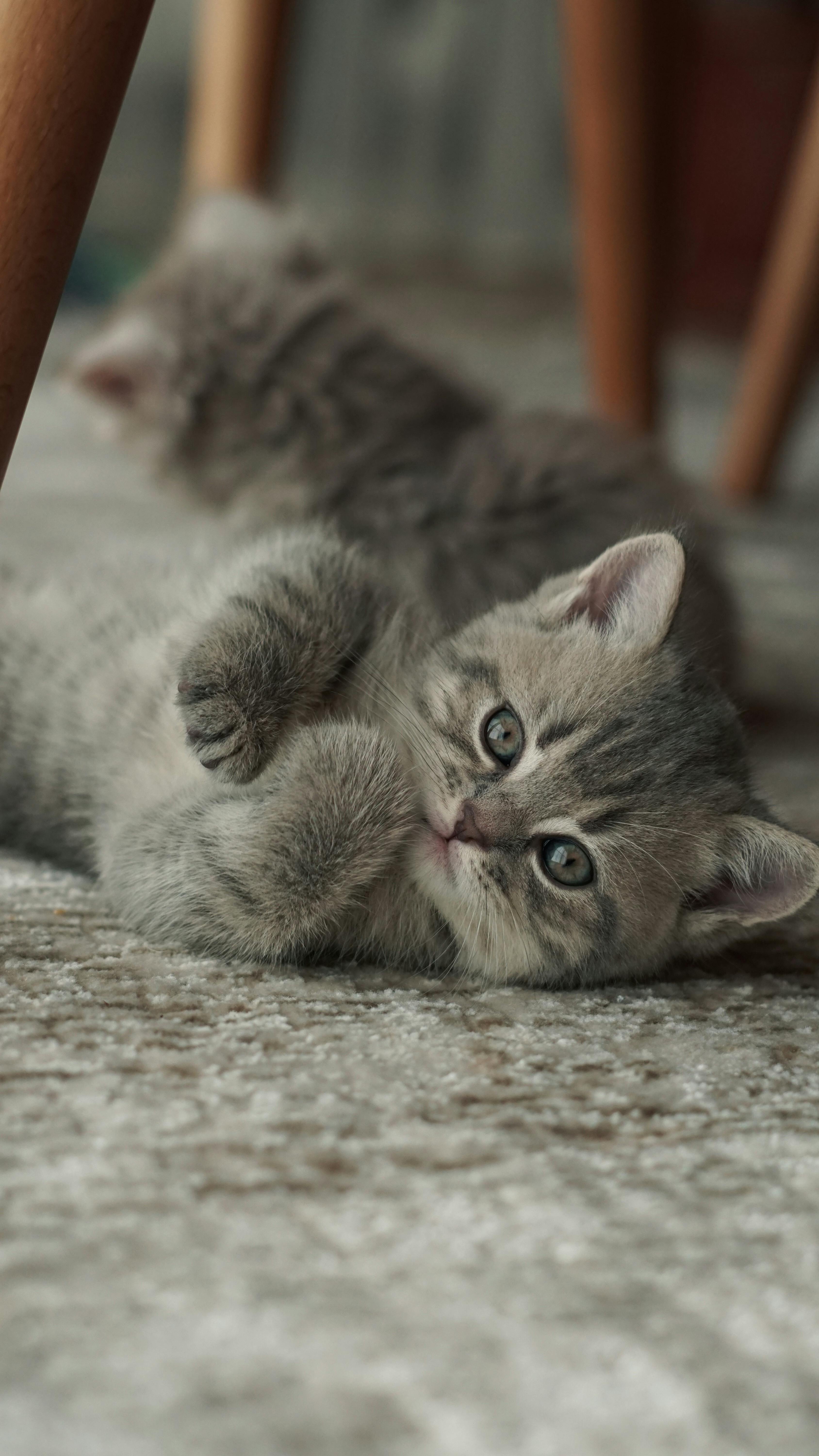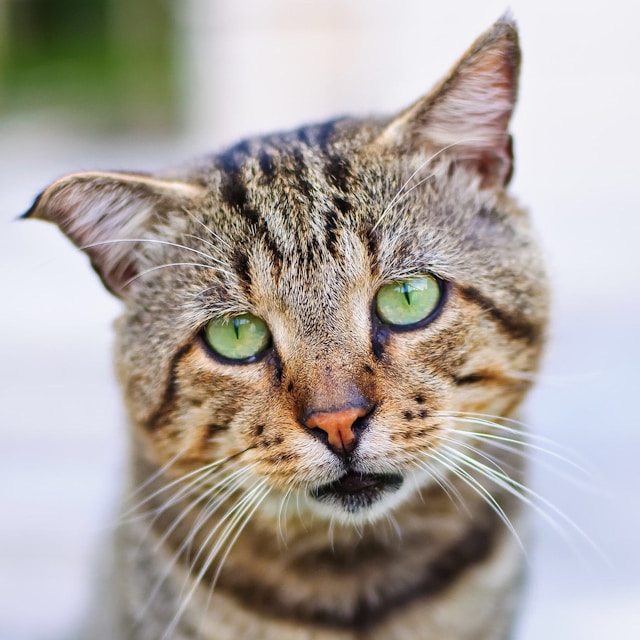Munchkin

| OFFICIAL NAME | Munchkin |
| COMMON NAME | Munchkin |
| PET HEIGHT | 5 to 7 inches |
| PET WEIGHT | 6 to 9 pounds |
| LIFESPAN | 12 to 15 years |
| GOOD WITH | cats, children, dogs, families, seniors |
| TEMPERAMENT | affectionate, sociable |
| INTELLIGENCE | high |
| SHEDDING AMOUNT | normal |
| PLAYFULNESS | high |
| ENERGY LEVEL | active |
| VOCAL LEVEL | when necessary |
| COAT LENGTH | short |
| COLORS | black/ebony, blue/gray, chocolate/brown/sable, cinnamon, cream/beige/tan, fawn, lavender/silver, lilac, red/ range, white |
| OTHER TRAITS | easy to groom, easy to train, friendly toward humans, friendly toward other pets, friendly toward strangers, tolerates being alone |
Their unique appearance is more than compensated for by their caring nature and distinctive appearance, even though they are smaller.
You may not be familiar with Munchkin cats because they are relatively new to the cat world. Among the dwarf cat breeds, these cute cats are distinct since they were acknowledged as a breed by the International Cat Association in the early 2000s.
Munchkin Appearance
The appearance of munchkin cats often elicits strong feelings among feline enthusiasts. With legs roughly three inches shorter than typical cats, these little friends sit closer to the ground than most. Despite this, they typically weigh between 6 and 9 pounds when fully grown, and their bodies otherwise resemble those of typical house cats. Some call them "sausage cats," and some even compare them to the Dachshunds of the cat world.
The distinctive feature that sets the Munchkin breed apart is their short legs, which are the product of a natural genetic mutation. They are available in various hues, designs, and coat lengths, including short, long, and hairless. Long-haired Munchkins have silky fur, and short-haired Munchkins have plush coats of medium density. Colors like tabby, calico, gray, and solid black are typical coat colors.
Not only are Munchkins tiny versions of other cat breeds, but they are also a unique breed in their own right.
Munchkin Personality
Munchkin cats are gregarious, energetic, and loving companions that frequently get along with kids and other animals. These inquisitive cats enjoy exploring their environment, occasionally perching like rabbits on their hind legs to gain a better perspective.
Throughout their lives, Munchkins never lose their lively and carefree attitude. These cute cats like cuddling up with their human friends when they are not zooming around or chasing toys. Munchkins are intelligent, self-assured, gregarious dogs that enjoy the company of people.
It's interesting to note that Munchkin cats and magpies can both display hoarding tendencies; they frequently stash away "favourite" things to play with later. So, your little Munchkin could be the reason behind the mysterious disappearance of your jewellery!
Munchkin Living Needs
The Munchkin cat adapts well to indoor living as long as she has room to play and roam around. This hyperactive feline enjoys darting around on her short legs and skillfully negotiating turns. Even though she can't jump very high in one go, she still likes to climb and jump.
Giving your Munchkin access to a cat tree with a low entry point will make it easier for them to explore vertical areas. They enjoy climbing just as much as any other cat, but be careful around your curtains and make sure they don't try their hand at climbing trees. They are skilled at landing on couches and sofas to find a comfortable lap or sunny spot on a cushion.
Munchkins are easygoing and usually get along with small children, dogs, and cats. These cute kitties are excellent companions for adults or loving additions to families. A Munchkin can fit right in with any home setup, though it's best not to leave her alone for long periods.
Munchkin Care
Your Munchkin's grooming requirements will change depending on her coat type. Weekly brushing is beneficial for maintaining the health of the coat on short-haired Munchkins. Brushing Munchkins with longer hair more frequently is advised to avoid tangles.
Although your Munchkin will groom herself, it may not be easy due to her shorter legs. Occasionally, bathing her will help her stay fresh and clean. Maintaining her general hygiene also requires routine nail cutting and ear cleaning.
Give your cat a premium food diet and ensure there's always fresh water available. Due to her short legs, pick low-edged food dishes, water bowls, and litter boxes for your Munchkin to ensure easy access. See your veterinarian regularly to ensure your cat gets the right food and attention.
Munchkin Health
Munchkin cats are usually healthy and live an average of 12 to 15 years. Like all breeds, they can be susceptible to specific health conditions, such as pancreatitis, urinary tract infections, and heart problems.
Despite being a relatively new breed, Munchkins are generally considered healthy and do not pose a higher risk of illness. However, due to their short legs, they must maintain a healthy weight and refrain from obesity.
Munchkin Exercise Requirements
Munchkin cats don't need much exercise from humans. Throughout the day, they like to play and run by themselves and usually exhaust themselves. To help them let off steam, provide them with low cat trees, scratching posts, and cat toys. Munchkins have short legs, but they love to run and jump. Promote play with feather toys, cat trees, and interactive games with dogs and other cats.
Munchkin Training
Munchkin cats are clever and can be trained to walk on a leash. They react well to clicker training combined with lots of praise and rewards. Munchkin kittens are naturally gregarious but feel more at ease and secure when introduced to family members, especially children and other pets, at a young age.
Munchkin History
Although they have been seen for a long time, the International Cat Association only officially recognized short-legged cats as a breed in 2003. This distinctive appearance is the result of a naturally occurring genetic mutation that can arise spontaneously in cat populations. Munchkin cats are deliberately bred today to preserve their characteristic short legs.
The morality of breeding Munchkins is still up for debate. Some people find their short legs concerning because they can limit their range of motion. Because of this controversy, the American Cat Fanciers Association (ACFA) and the Cat Fanciers Association (CFA) have yet to officially recognize Munchkins as a breed.
Still, reports of short-legged cats have been made worldwide during the 20th century. The origins of the Munchkin breed as we know it today can be traced to 1983, when Blackberry, a short-legged cat, gave birth to a litter of kittens.
To breed Munchkins, a cat with the mutation (which happens to both sexes) must mate with another cat that does not have it. Since the mutation is dominant, the progeny usually inherits the short legs. Nonetheless, mating two Munchkins together can result in health issues and is thought to be lethal for the offspring, adding to the moral dilemmas associated with Munchkin breeding. Make sure the pet you're getting comes from a reliable, ethical breeder who puts the welfare of the animals first before you adopt any animal.
Munchkin Fun Facts
Munchkin cats derive their names from the diminutive Munchkin characters found in “The Wonderful Wizard of Oz” by L. Frank Baum. Another friendly nickname for these diminutive cats is "sausage cats."
Lilieput, a female Munchkin from Napa, California, is the shortest living cat on record, measuring 13.34 cm (5.25 in) from floor to shoulders in 2013, according to Guinness World Records.
Shorty and Munchkin are two Munchkin cats owned by socialite Paris Hilton. They're what she lovingly calls her "low-rider kitties."
Get insurance plans with wide-ranging coverage options













